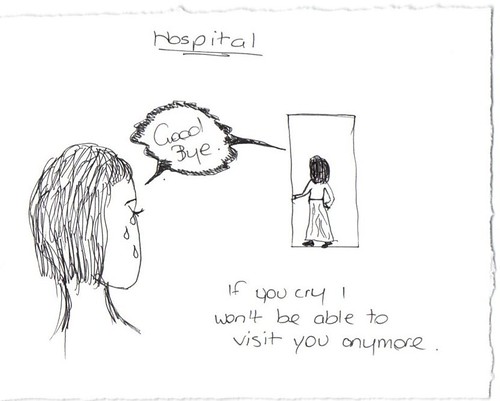It seems fairly safe to say that when I ask a client to see their Child ego state in an empty chair that would require imagination on their behalf. It would also seem safe to say that those with a good imagination would find this easier than those without a good imagination.
However imagination is but one small part of the overall process. What we are really talking about here is experiencing aspects of the personality. People who find this process difficult are not those with a poor imagination but those who are either very shut off from some part of the personality or they find it is too scary or onerous to experience that part of the personality.

Imagination
In two chair there is usually a quick shift in ego states. Initially it is an Adult ego state process where the person takes on the intellectual task of visualising them self as a child in an empty chair. Once done the therapist asks questions that are meant to facilitate a switch in ego states for the client. He may ask questions like:
“What is the look on the child’s face?”
“What is the child feeling?”
“What is the child wanting?”
When the client considers these questions most often they become emotional and thus the intellectual task of the Adult ego state stops and the person begins to experience that part of their personality. They begin to reexperience the feelings that the young child had. They experience that part of their personality first hand and thus have shifted ego states from the Adult to the Child. It is not imagination and it is not role playing. It is reexperiencing one part of the personality first hand in the here and now.
Now we must remember that the second chair is actually EMPTY. All this process has allowed the client to do is identify a specific aspect of their personality and to reexperience it first hand. There are many and varied therapeutic reasons for doing this and indeed it is a powerful therapeutic technique.
The point at hand is that this is not about imagining self as a child but reexperiencing a specific part of the personality such as the Child ego state. When a client says they find it hard to imagine the child what is probably happening is they do not want to reexperience the Child aspect of their personality.
Case example.
If a person drew a picture like this

The child is in hospital and mother comes to visit. As mother leaves the child cries. The mother finds the child’s sadness distressing so she tells the child not to cry or she cannot visit again. The child takes this on and decides that it must hide its sadness away. (It may also decide that it does not like hospitals and medical procedures).
In adulthood when asked to do the two chair exercise this person may have some difficulty because they quickly realise that it involves reexperiencing the early feelings. In this case the sadness at being left by mother.
(If you want it removed Roses let me know)
Graffiti
Tony,
ReplyDeleteThanks for explaining this better. The point of this two chair is not to be talking to yourself, but to reflect on what it was like to be you as a child. This reminds me of the scene from A Christmas Carol where the Ghost of Christmas Past takes scrooge to the past. Scrooge looks through the window to see what Christmas Eve was like before he became a bitter old man. Much more dramatic than sitting across from an empty chair!
It's ok Tony, it was given to you... you can now use it as you please. You're welcome.
ReplyDeleteI still think that the 2 chair thing makes it more difficult that it needs to be. But if it's useful in the theraputic thingy then... I guess i'll have to learn to contact the child ego state the hard way.
Smiling is good for you - i'm smiling right back atcha! Cheers